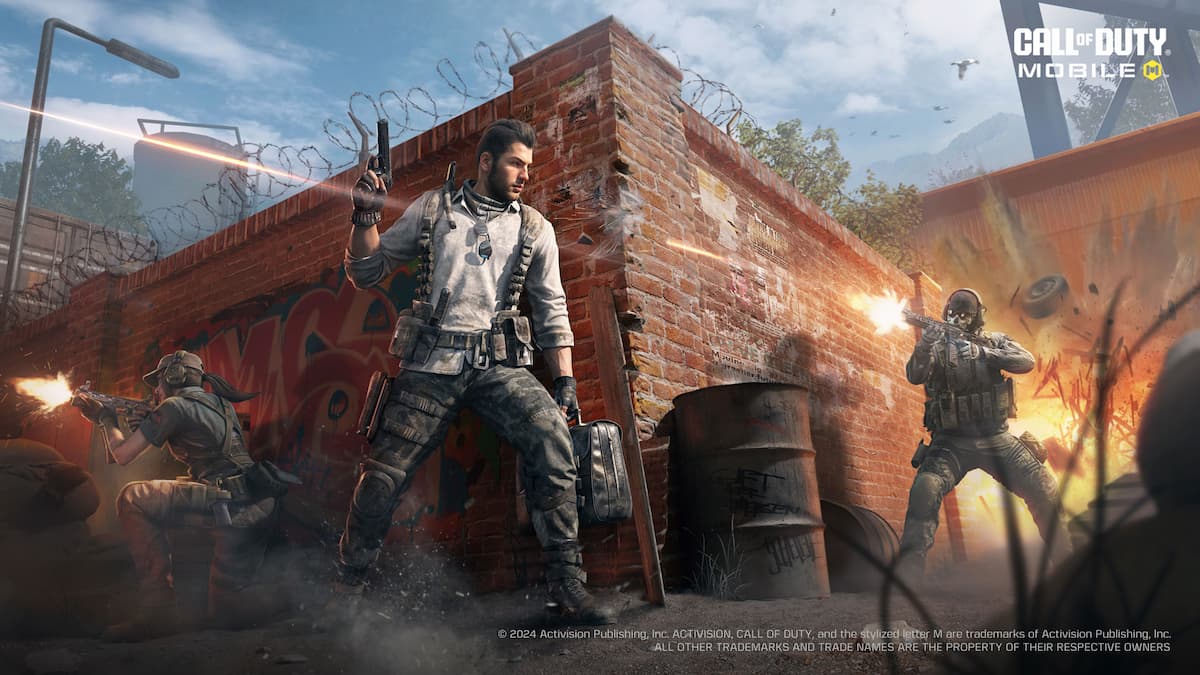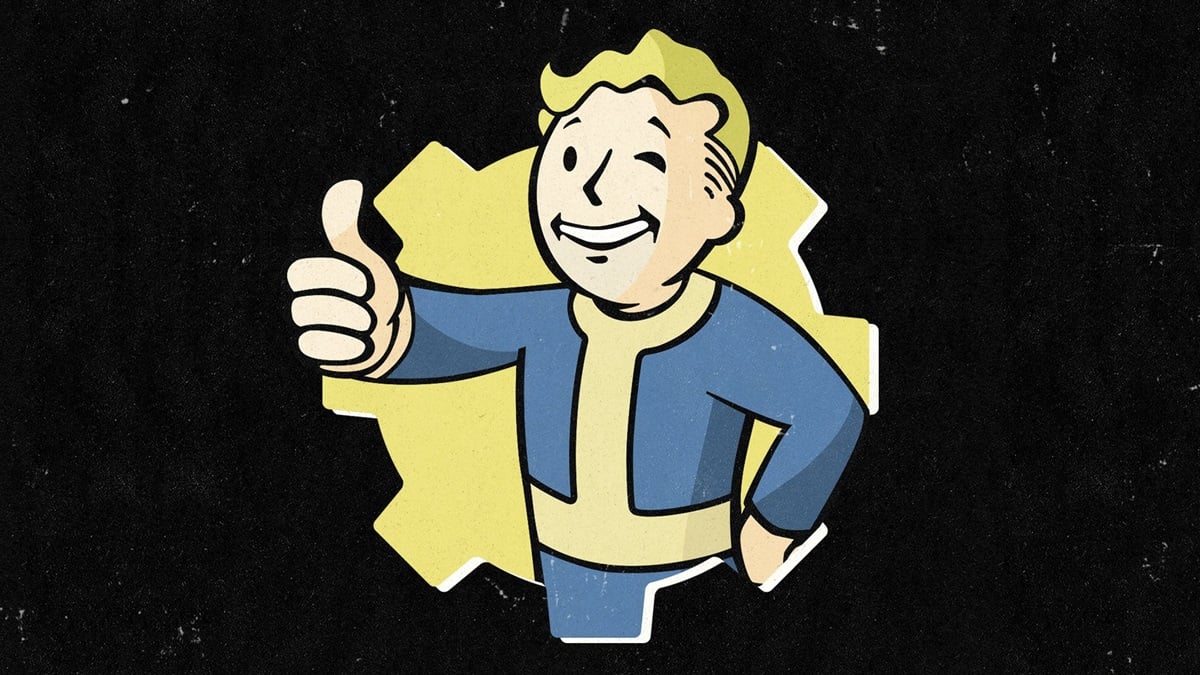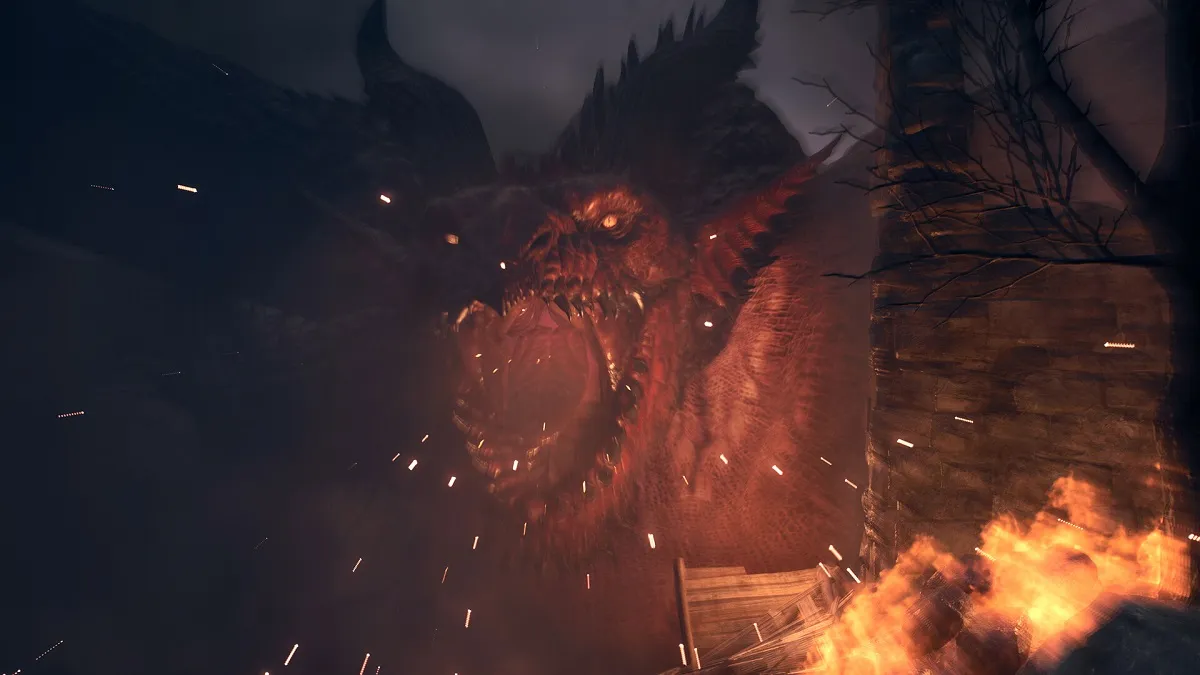*Mo-Cap Jazz Hands*
Until Dawn’s success is much deserved, considering it was co-written by the guy who gave us The Last Winter, in which Ron Perlman and Connie Britton are terrorised by a ghost moose. Jokes aside, and regardless of the story’s intentional hokum, it’s a game that’s given more credibility to digitised acting in mainstream games; the kind of cinematic emulation developers have been lusting over for years. Whereas David Cage’s convoluted attempts alienated the casual audience, Supermassive Games went for the simpler approach, combining a video game’s need for genre with an informed audience’s need for choice.
Yes, at times, Until Dawn suffers from moments of the uncanny valley, but it’s still a technological leap forward, which resulted in commercial and critical acclaim. We’re now starting to see what next-gen is capable of and what happens when a profitable industry is able to afford network friendly faces. Whether or not this stifles character or artistic creativity is certainly up for debate, but either way, we’re in the midst of a second wind; a dormant idea resurrected by better tech and development teams determined to side-step mistakes of the past.

Cinematic aspirations have gone hand-in-hand with gaming since the ’90s, maybe even before with the advent of tie-in merchandise. It sounds crazy, but you can easily spot a bit of Night Trap in Until Dawn’s roots, and you can even trace the elements of Take-Two’s previous post-war mystery, Black Dahlia, in its recent publication of L.A. Noire. But while those past games were influenced by movies, the more recent are clearly drawing from the current “Golden Age of Television.”
Film has always been a bad fit for gaming, where the three-act structure is stretched out for the sake of long-form interaction, and it’s definitely a medium that developers are turning away from. Now we’re in an era of episodic games, serialised chapters, ensemble casts, and cliffhanger beats every hour. Even Microsoft tried to turn the Xbox One into an entertainment studio.
In a way, the industry’s new approach to making its own TV shows is partially why licensed titles are all but dead. You could argue Telltale Games is keeping the dream alive with Law & Order: Legacies or Game of Thrones, and yet you could also argue that its model still follows the TV show formula. And as big-name actors move to cable for storylines missing in current cinema, there’s also migration of younger actors towards an interactive medium they love and understand.

Personally speaking, TV show licenses and tie-ins are a guilty pleasure of mine. From Alias to Lost: Via Domus, from 24: The Game to The X-Files, they’ve all been completed more than once, even when some didn’t deserve 15 minutes of anyone’s time. More often than not, they’re rush jobs with contractually obligated stars dragged into the recording booth on their days off, aimed at enthralled fans during a show’s most profitable zeitgeist. But for the bit-part actor in us all, that’s where the fun really lies.
While the likes of Blade Runner, Ghostbusters: The Video Game, and The X-Files work because you’re in the supporting cast (and those three are genuinely worth a look), games are becoming increasingly photorealistic to the point where there’s no room for the fan-fiction insert. It’s all about the audience member playing the actor playing the main character; an immersive disconnect that’s becoming far too common.

Seeing a character as just, let’s say, Peter Stormare doesn’t have to be that way, though. Take Rockstar Games’ recent output, where a lesser-known actor’s face is used for character colourisation. James McCaffery was the voice of Max Payne long before he became the face and Ned Luke put on the pounds to give literal weight to his jaded industry experiences in Grand Theft Auto V.
What an experienced stage/film actor brings is a quality performance, in both motion capture and dialogue delivery, and it’s this all-rounder type that has established voice-only actors running scared. We’ve seen them on social media, tweeting out job-saving hashtags and inflating monetary fees to make up for their years of complacency (not to name names, but after seeing several attempt improv-comedy on YouTube, the complacency has been real for some time).

There are still those, however, who prefer the old ways when it comes to digitised acting. FMV has tried to make a comeback recently, though it hasn’t been truly successful. In fact, because of so many advances in technology and the current games already mentioned, we’re now in a position to see why FMV is antiquated with the likes of Telsa Effect: A Tex Murphy Adventure, Missing: An Interactive Thriller, and Contradiction. None of these mentioned are awful, just limited. FMV used real actors on virtual stages, and so the main problem lied in the passive-to-interactive transition, between third-person cutscenes and first-person control. When you compare Tex Murphy to Until Dawn, the latter succeeds because essentially it’s an animation, from actor to set dressing.
And it’s those developers that believe FMV should still be utilised if it means bringing out the kind of human nuances that get lost in digital translation. Remedy’s upcoming Quantum Break is a merger of live-action television and digitised acting, as the former fleshes out the backstory and the latter does its immersive work in-game. Alan Wake’s American Nightmare was the studio’s first attempt at this, using FMV as a quick and cheap alternative to animated cutscenes.

It’s hard to say if Quantum Break’s televisual gimmicks will work, given how diluted or confused multimedia storytelling has been in the past (and downright disastrous in the cinematic case of Southland Tales), but at least it’s an exciting proposition in an ever evolving industry, showing us that developers are willing to take the risks as long as they understand past failures.
Known actors have orbited in and around video games for a long time, far too many to name here, only now they’re being squeezed into body stockings and made to march around cold warehouses; basically the Hollywood of today. Their current digitised guises might be a trend, might even be a fad, but they’ll always be that odd surprise in an IMDB search on a lazy afternoon.

Whatever the argument, for or against, an actor can only bring so much credibility to the table. And that’s something we still strive for in this infantile industry.
But for any of this to work, we need good writers and great directors to put these complicated pieces together. And despite a gaming industry closing in on its Hollywood dreams, especially with the what-could’ve-been star power of Silent Hills, it’s still a long way off when it comes to great minds, good eyes, and sharp tongues.




